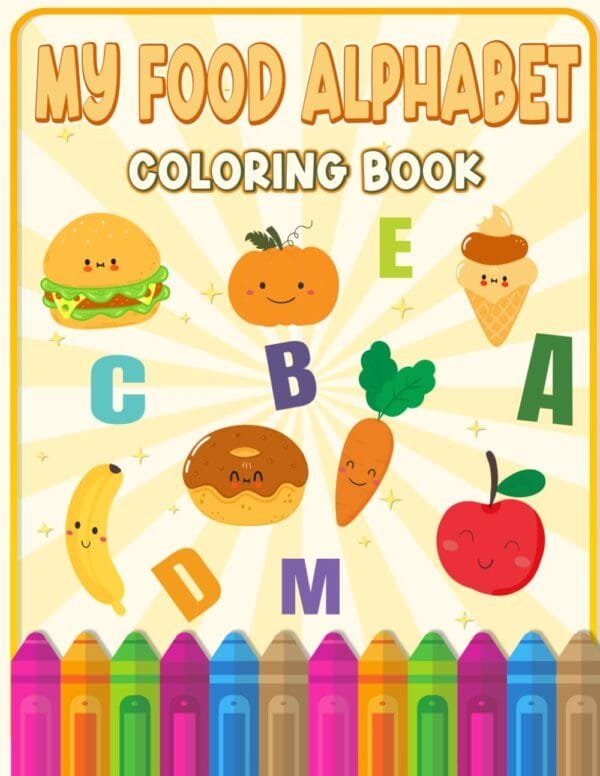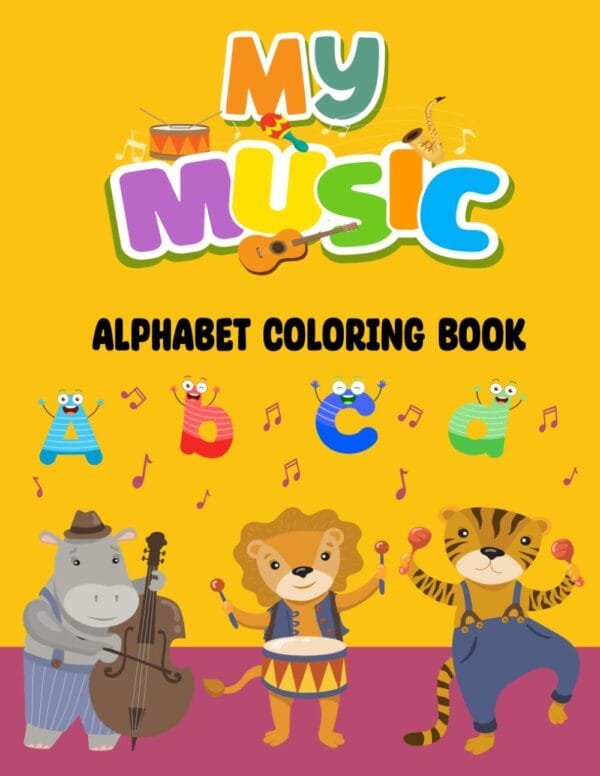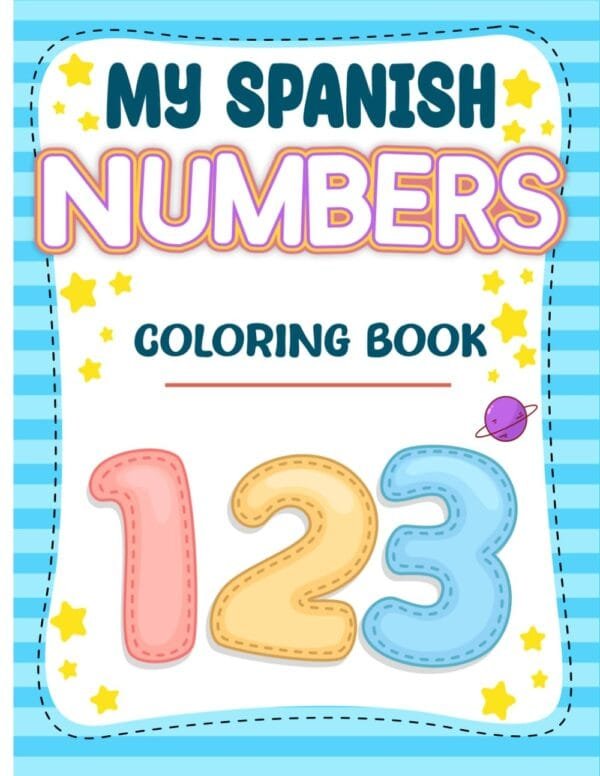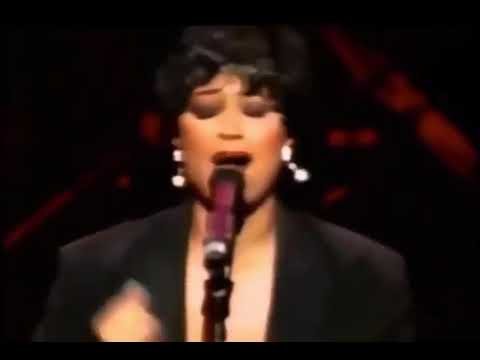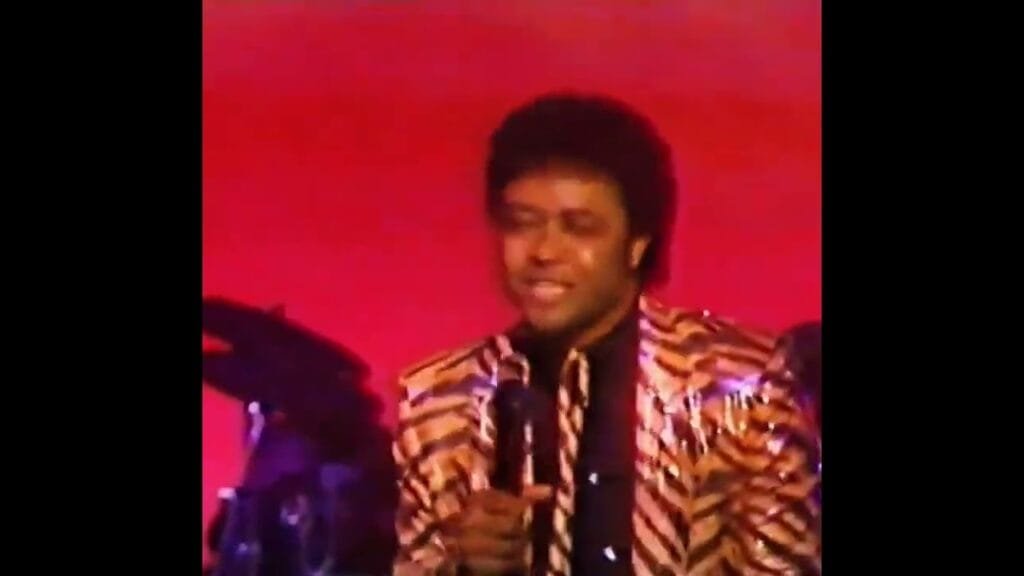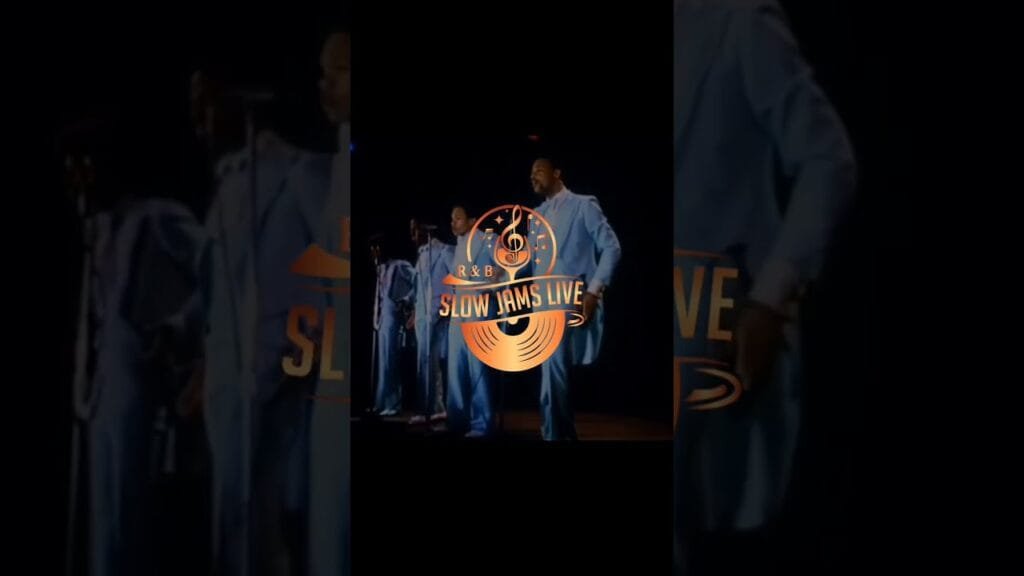The Temptations “Runaway Child” performance from their album “Puzzle Pieces” in 1968 on Motown Records.
The song’s lyrics depict the inner turmoil of a young boy running away from home, seeking freedom, and struggling with the consequences of his actions. The narrator, feeling misunderstood, describes the journey of this “runaway child” as a metaphor for loss, youthful rebellion, and the desire for independence, all tinged with regret. Its melancholy tone is enhanced by the emotional delivery of lead vocalist Dennis Edwards.
The arrangement is a blend of Motown’s classic soul sound mixed with psychedelic rock influences, using lush orchestration, intense horns, and an evolving production style that made Norman Whitfield a key innovator at Motown. This track marks a shift in The Temptations’ style, showing their growth and experimentation beyond their early, more traditional R&B sound.
While it wasn’t one of the group’s biggest commercial hits, the song is regarded as a deep and compelling piece of the Temptations’ catalog and remains an essential track for fans who appreciate the complex soul influences of the late ’60s.
The Temptations
The Temptations, one of the most iconic groups in Motown history, are celebrated for their vocal harmonies and impactful songs that shaped the sound of the 1960s and 1970s. Known for their smooth choreography and timeless hits like My Girl, Just My Imagination, and Ain’t Too Proud to Beg, the group became synonymous with the golden era of R&B and soul. With a rotating lineup of members and ever-evolving musical styles, The Temptations broke boundaries, exploring everything from traditional Motown soul to psychedelic soul and social commentary. Their music continues to influence artists and listeners worldwide, maintaining a legacy that spans generations.
The Temptations Runaway Child
The Temptations “Runaway Child, Running Wild” is one of the group’s standout songs from their 1969 album Puzzle People. Written by Norman Whitfield and Barrett Strong, the track showcases The Temptations’ ability to blend deep emotional storytelling with their signature Motown sound. The song tells the poignant story of a young boy running away from home, yearning for freedom yet struggling with the harsh realities of life. Combining soulful vocals with a psychedelic twist, “Runaway Child” reflects the group’s growth as artists, experimenting with new styles while remaining rooted in their core themes of love, pain, and personal struggle. It remains a defining song of The Temptations’ legacy.
The Temptations Music 1968
In 1968, The Temptations began to evolve musically, transitioning from their smooth vocal style to a more experimental sound that captured the turbulent social and political climate of the time. Under the direction of producer Norman Whitfield, the group embraced a more psychedelic and socially conscious approach, exemplified in hits like Cloud Nine and I Wish It Would Rain. Cloud Nine, with its innovative use of electronic effects and introspective lyrics, marked the beginning of the Temptations’ foray into the psychedelic soul movement.
Their music in 1968 became more than just entertainment—it resonated with a generation grappling with change and strife. The Temptations successfully blended their timeless Motown roots with experimental production, securing their place as both musical pioneers and voices of a cultural revolution.
1968
1968 was a pivotal year in the history of soul music, marked by profound social and political changes that deeply influenced the genre. The Civil Rights Movement was at its peak, and artists used their music to speak out against injustice, inequality, and oppression. Legends like Aretha Franklin, Otis Redding, and Marvin Gaye dominated the airwaves with songs that not only reflected the struggles of the time but also served as anthems of empowerment.
Motown continued to shape the soul sound with groups like The Temptations and The Four Tops, while more politically charged artists like James Brown and Sly and the Family Stone pushed boundaries with their music’s message and style. 1968 encapsulated the power of soul music as both entertainment and a vehicle for social change.
In 1968, Motown was undergoing significant changes, both musically and politically, amidst a rapidly shifting cultural landscape. The label, which had been known for its signature “Motown Sound” with artists like Stevie Wonder, The Supremes, and The Temptations, faced increased pressures from the social and political climate of the time. The Civil Rights Movement was at its peak, and the assassination of Dr. Martin Luther King Jr. in April 1968, along with widespread protests, brought issues of racial inequality and social justice to the forefront.
Musically, Motown was evolving as its artists began embracing more socially conscious themes in their music. The company, led by Berry Gordy, was still primarily producing pop-oriented soul but increasingly reflected the growing cultural consciousness. One significant shift was the adoption of a more experimental, psychedelic sound, with Motown’s producer Norman Whitfield pioneering a new direction for acts like The Temptations, whose 1968 album Cloud Nine represented this new era of “psychedelic soul.”
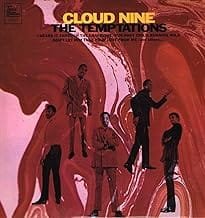
Shop The Temptations products on Amazon
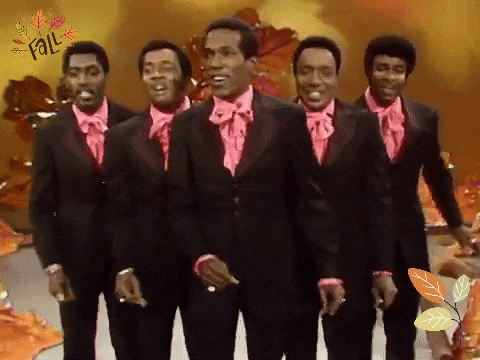
Watch more uplifting videos featuring music artists and trending topics related to black women on this site.
Merch
Black Girls Must Die Exhausted
$9.63In My Grandmother’s House: Black Women, Faith, and the Stories We Inherit
Original price was: $18.99.$14.61Current price is: $14.61.My Food Alphabet Coloring Book
$7.40My Music Alphabet Coloring Book
$7.40My Spanish Numbers Coloring Book
$7.40


